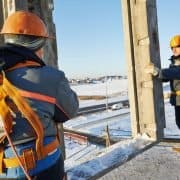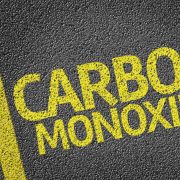Safety: Hazards of fall driving
Weather conditions can be unpredictable in the fall. A bright, beautiful afternoon can turn rainy and cold in minutes. With the days getting shorter, you could find yourself commuting to and from work in darkness.
Common fall driving hazards
Back to school traffic
Fall means back to school traffic for kids, which means more cars and buses on the roads. Drivers need to watch out for increased pedestrian traffic in the morning and afternoon as children walk to and from school and their neighborhood bus stops.
Rain
Rain can be particularly dangerous, as water pools on top of dust and oil that hasn’t had a chance to wash away and makes the pavement extremely slippery.
Fog
Cold fall mornings often lead to fog, which can greatly limit your driving visibility and perception of distance. Fog tends to occur in low places or areas surrounded by hills, water, mountains, and trees. One common mistake drivers make during foggy conditions is putting on their high beams instead of staying with their low beams. When driving through fog, slow down and stay well behind the vehicle in front of you so you’ll have adequate time to stop if required.
Frost
During the fall, temperatures tend to drop dramatically during the night, which can lead to morning frost and icy spots on the road. This is especially common on bridges, overpasses, and shaded areas of the road.
Sun glare
Fall is a bad time for sun glare on the roads. Sun glare can impact your sight for seconds after exposure, making it hard to see pedestrians, oncoming traffic, or the vehicle in front of you.








